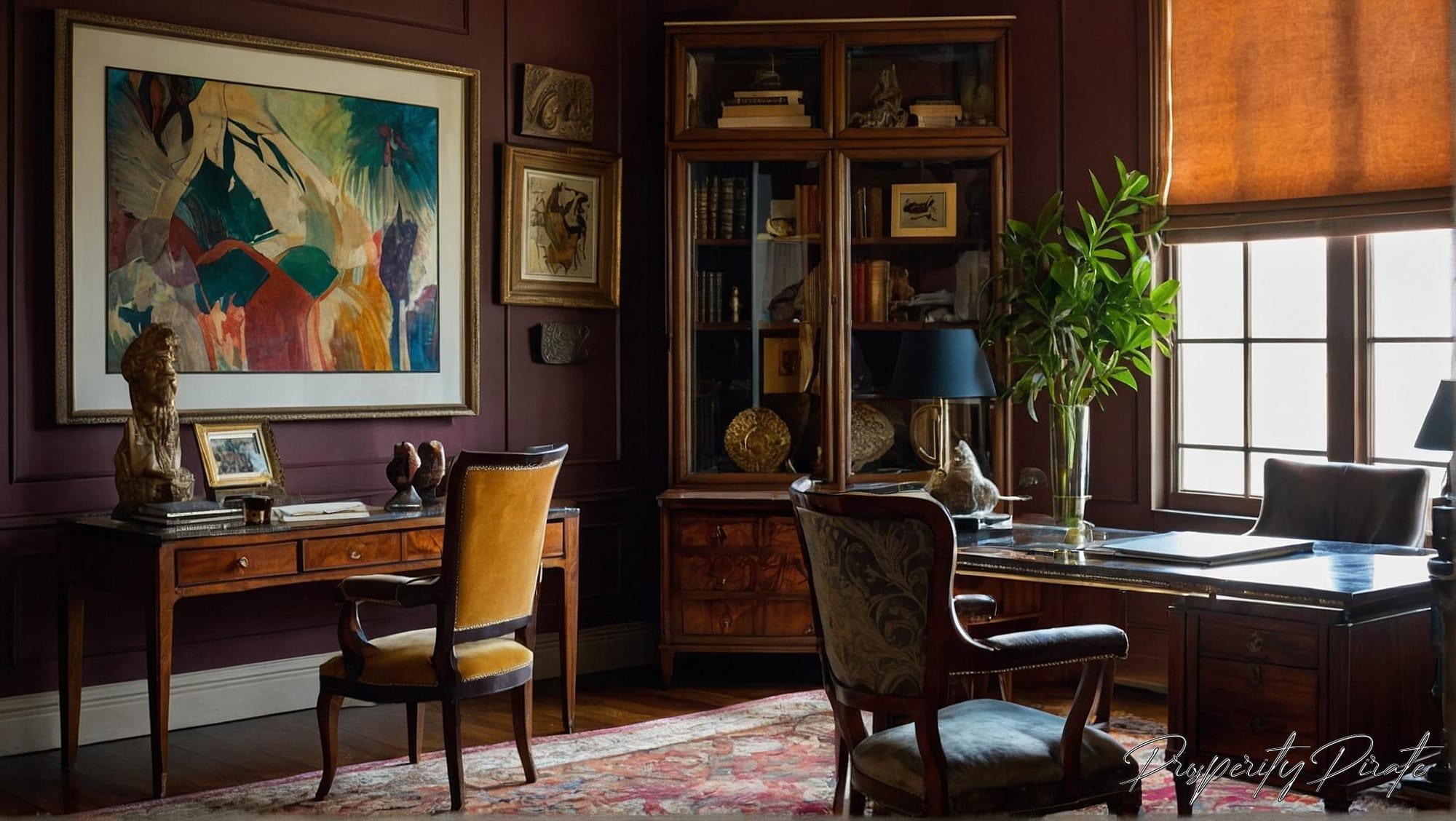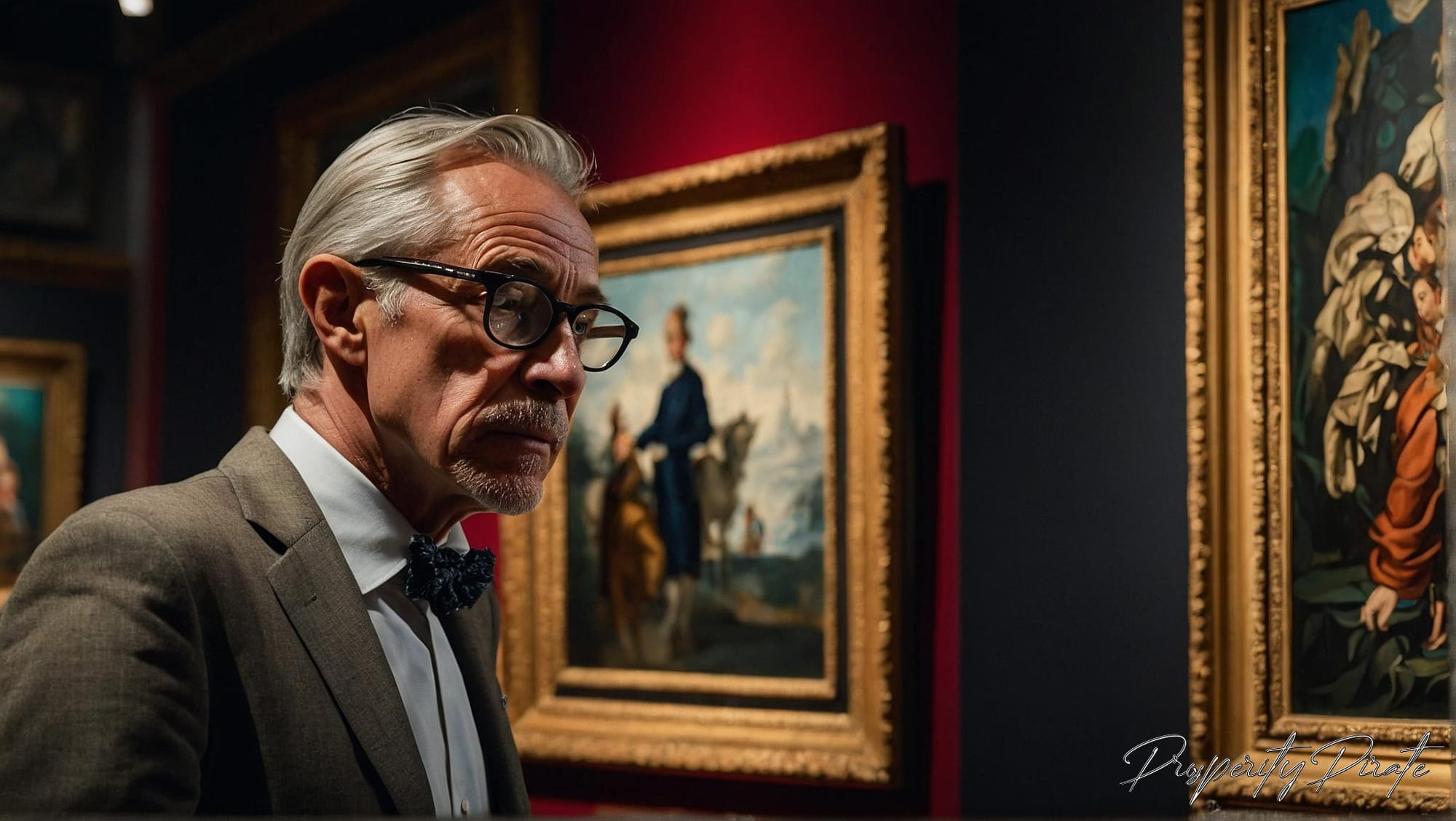Unlocking the Power of Art and Collectibles in Wealth Building
Unlock the potential of art and collectibles for financial growth. Explore market dynamics, diversification, entry strategies, digital art, networking, and more. Enrich your portfolio and life through art investing.


As we explore unconventional paths to financial prosperity, it's essential to recognize the value hidden in plain sight within the world of art and collectibles. This post delves into how Millennials and Gen Z can tap into this often-overlooked avenue for diversifying assets and boosting financial growth.
Understanding the Market of Art and Collectibles: The realm of art investment isn't just for the elite. Starting off with the basics, investing in art can include assessing market dynamics, making sure of authenticity, understanding valuations, and the impact of cultural trends on pricing and demand.

Diversification through Art: Why stick to stocks and bonds alone when you can hedge against inflation through art? Art and collectibles serve as non-correlated assets, offering a shield against market fluctuations and enriching your investment portfolio.
Entry Strategies for New Investors: You don't need to break the bank to start collecting art. Beginners might consider buying prints from emerging artists, attending local art fairs, or using online platforms that offer shares of more expensive artworks. These steps can pave the way to start small yet significant.

Digital Art and NFTs: The digital frontier offers new opportunities in art through Non-Fungible Tokens (NFTs). These digital assets provide a form of digital scarcity that can signify ownership uniquely. While promising, they also carry risks that require careful consideration and understanding.
Maintaining and Appreciating Value: Maintaining the condition of physical collectibles is vital. Proper care, storage, and insurance can help in preservation. Additionally, strategic buying based on market trends, and knowing when to sell, can significantly enhance an item’s value over time.
Networking with Experts: Delve into the art community by engaging with galleries and attending art shows. Networking is crucial; connecting with curators and seasoned collectors can offer insights into the art market and help you make informed decisions.

Legal and Ethical Considerations: To navigate the art buying and selling landscape effectively, understanding the legalities like provenance and authenticity checks are crucial. Moreover, it’s important to approach acquisitions ethically, especially when artworks have significant cultural value.
Concluding, art and collectibles are not merely financial investments but also enrich your personal life by beautifying your living space and connecting you to history and culture. This multifaceted approach can not only augment your financial portfolio but also enhance your day-to-day environment.
If you have any questions or feedback, feel free to email us at [email protected]
Treasure Awaits, Captain Clark

